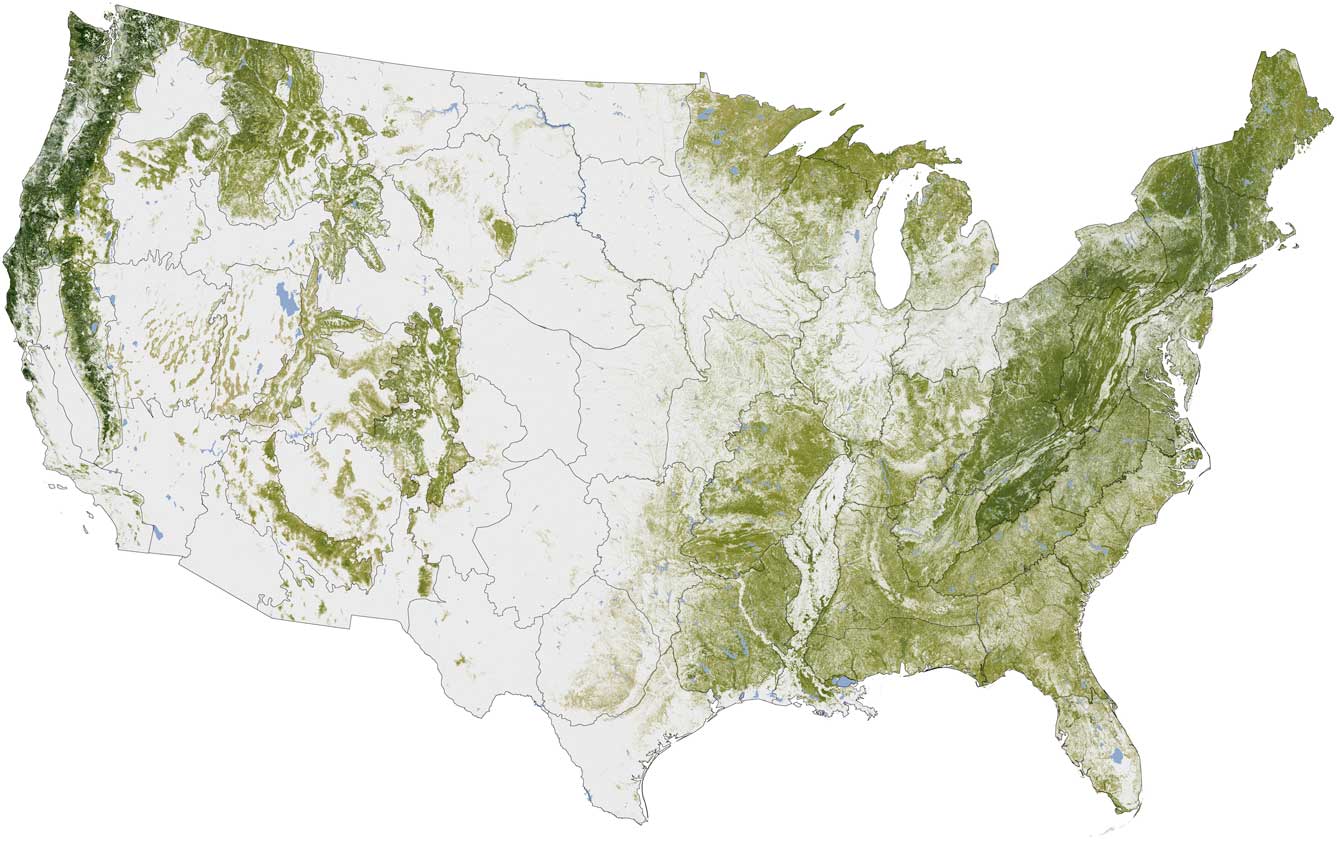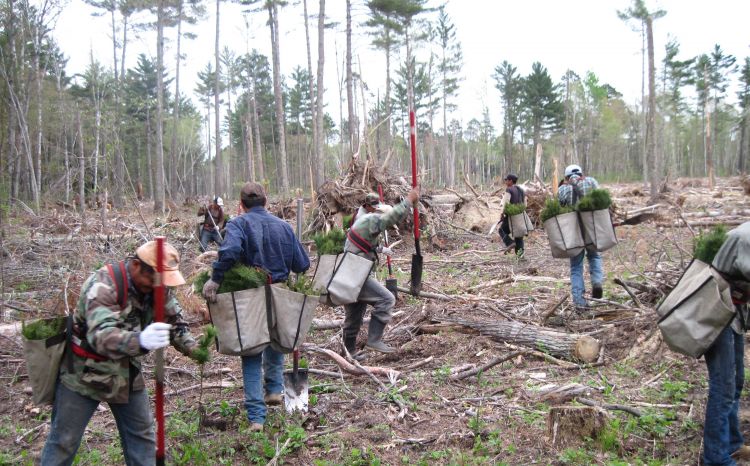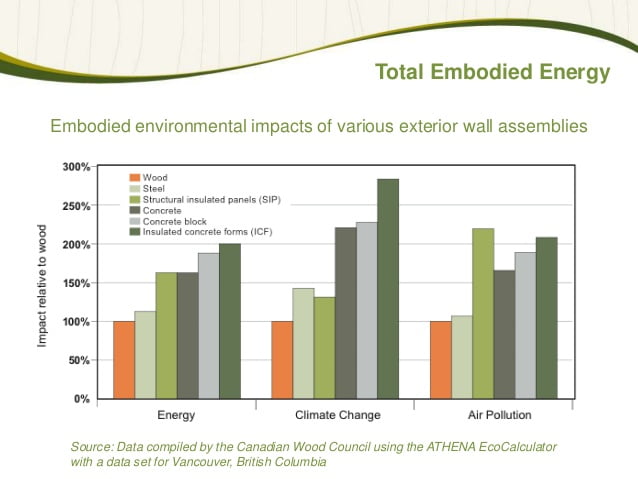More than 90% of all houses in the US are built with wood-framed roofs and walls. A regular single family home (2,190 square feet) could have 14,200 board feet of lumber and a maximum of 14,000 square feet of different panel products. This covers wood products, from sheathing, paneling, and trim to floorings and structural beams. Home constructions, renovations, remodeling, and home enhancements have the biggest consumption of wood products, like timber and lumber. This is around two-thirds of the entire wood-product use in the United States.
America’s Abundant Forests
Environmentalists and eco-friendly users might wonder if this huge consumption of log and timber is already harming the country’s forest preservation and the ecology as a whole. The good news is that America’s forests are still far from danger. The US ensures the practice of reforestation. In fact, the forests in the country have grown in size for the past decades. A third of the US’ 747 million acres is wrapped with trees. As a matter of fact, there are more trees today than 70 years ago. On average, around 4 million trees are planted every day. In terms of the country’s commercial forests, the net yearly growth exceeds the harvests and the losses to disease and insects by a whopping 47% annually.

Forest land coverage in US
Canada’s forests, in particular, (with 350 million ha) remain stable over the past 20 years. The growth of stock on US timberland (given the number of trees and their size) also increased by 58% over the past 6 decades and by 16% from 1997 to 2012. Canada’s actual harvest is 44% of the yearly growth. These figures and statistics show the health of the forests in the US. Thus, there is no need to feel guilty in choosing a timber home or be worried about the large-scale effect of using wood products.
The Amount of Timber Produced in the US’ Forestland
Timber covers our forestland’s 504 million acres. This timberland includes the productive forests that can grow 20 cubic feet of commercial wood products per acre every year. However, not everything goes to timber production.
A part of that volume is regulated for other uses, like streamside protection, recreation, and wildlife. Around 52 million acres of America’s forestland are preserved for non-timber purposes.
How Timber Companies Advocate Forests and Ecology Preservation
Timber firms do replant each time they cut trees. Reforestation is not a problem in the US timber industry. In actuality, over 91% of the trees planted in the US during the year 1999 were planted by different private timberland owners and forest product enterprises.

Reforestation in progress.
The members of the forest products industry share a concerted effort in protecting the quality of our environment. In the year 1994, the country’s forest products firms declared their unceasing commitment to the general goal of achieving a sustainable forestry by promoting the SFI or Sustainable Forestry Initiative program (click here to learn more). This is designed by foresters, scientists, and conservationists to promote the perpetual harvesting and growing of trees, keeping long-term ecology protection in mind.
Today, North America has 107.8 million acres of forestland, which is part of the SFI program. This is the biggest sustainable forestry program all over North America and also the biggest in the whole world. To ensure that each forest products company is committed to the common objective of sustainable forestry, participating in the SFI program is a requirement to be a member of the AF&PA and American Forest & Paper Association, which is the national trade organization of the paper and forest products industry.
In the year 1999, the entire forestry community planted around 1.7 billion trees in the U.S. That is around 4 million new trees planted per day.
Environmental Perks of Using Wood Products
The use of wood products might sound like a total expense. However, there’s actually a gain as well. Trees are one of our renewable resources. Most of our alternative materials come from nonrenewable resources, like petrochemicals being used for plastic production and the ores for the creation of iron, aluminum, and other essential metals. This saves us from exhausting too much of our nonrenewable resources.

Energy Comparison for Different Materials
Wood is the most energy-efficient building material today. As compared to the total energy cost of the various types of building material, wood outstrips them. A brick veneer needs 22 times more energy than wood siding. Steel wall studs need around 9 times more energy than wood studs. Aluminum siding takes 21 times more energy than its wood counterpart. Also, forest products are biodegradable and recyclable.
In terms of the possession of commercial forests, 146 million acres or 29% of the 504 million acres of timberlands are government-owned. Meanwhile, 58% of these productive woodlands are owned by around 10 million private owners. Around 13% (67 million acres) of the total commercial timberlands are held by the forest products sector.
With these data in mind, we can readily tell how the forests in the U.S. are well-maintained and how its growth is constantly on the rise. We now have more reasons to choose timber homes since using wood actually has more environmental perks than using other nonrenewable materials.
Do You Want to Help Preserve U.S. Forests and Increase Reforestation?
Donate to “Plant a Billion Trees” Program Now!
Sources:
- http://www.piworld.com/post/the-state-of-north-american-forests-and-the-causes-of-deforestation/2/
- http://rainforests.mongabay.com/deforestation/2000/United_States_of_America.htm
- http://sharplogger.vt.edu/virginiasfi/faq.html

